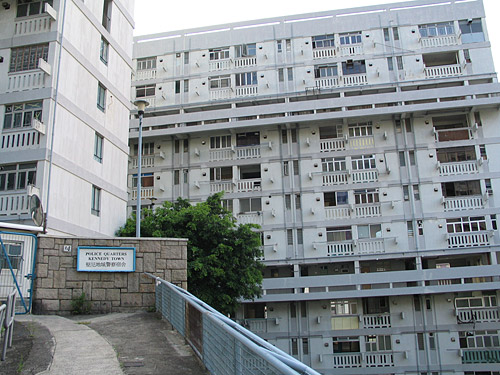Nonfiction and Translation
Both nonfiction and translation involve the politics of representation. Translators work across languages, cultures, powers. Nonfiction writers take actual occurrences and phenomena and transmit them in their own fashion, thereby raising questions of representation, authority, and authenticity. Hence, translators and nonfiction writers grapple with similar questions: What ethical responsibilities do they have to a text/subject? How do they choose what is represented and how do they chose to represent it? How do their intentions coincide or differ from each other, and how do they compare with those of poets and fiction writers?
It was from a desire to investigate these questions that the idea for a panel was born, one which would consider both the import of nonfiction works into English, and the theoretical concerns common to the genres. The essays here, which bring together the observations and reflections of several writers and translators, were originally written for that panel, “Truth in Other Tongues,” delivered at the 2007 NonfictionNow Conference in Iowa City.
The essays found herein approach the many affinities between the genres and yet demonstrate how the two genres answer the same questions in different ways. Russell Scott Valentino and Diana Thow look at the fundamental abstractions that unite and separate the disciplines. In his essay, “Stations of the Crossing: The Common Source in Nonfiction and Translation,” Russell Scott Valentino evaluates the similarities and differences between the intentionality of nonfiction writers and translators, and how they differ from those of poets and fiction writers, thereby suggesting distinctions between how these diverse groups use their creative talents. In “Translation and Memory,” Diana Thow examines how writers and translators must manipulate memory and forgetting in order to (re)create texts. In contrast, Becka Mara McKay and Emily Goedde chose to focus on specific texts and textual traditions. In “(Mis)Translating the Hebrew Bible: Sacred Texts as Creative Nonfiction,” Becka Mara McKay draws upon comparative translation as a means of revealing the how textual discrepancies in the Hebrew Bible were concealed by redactors and translators, while in “No Nonfiction: PL2658.E8, Emily Goedde explores why so little Chinese nonfiction has been translated into English.
Emily Goedde, Guest Editor
6.1 Spring 2008
- Editorial
-
SPECIAL SECTION: NON-FICTION NOW
-
A MALAYSIAN BOOKSHELF
-
VAN CAM HAI
-
LAWRENCE PUN
-
PUJA BIRLA



